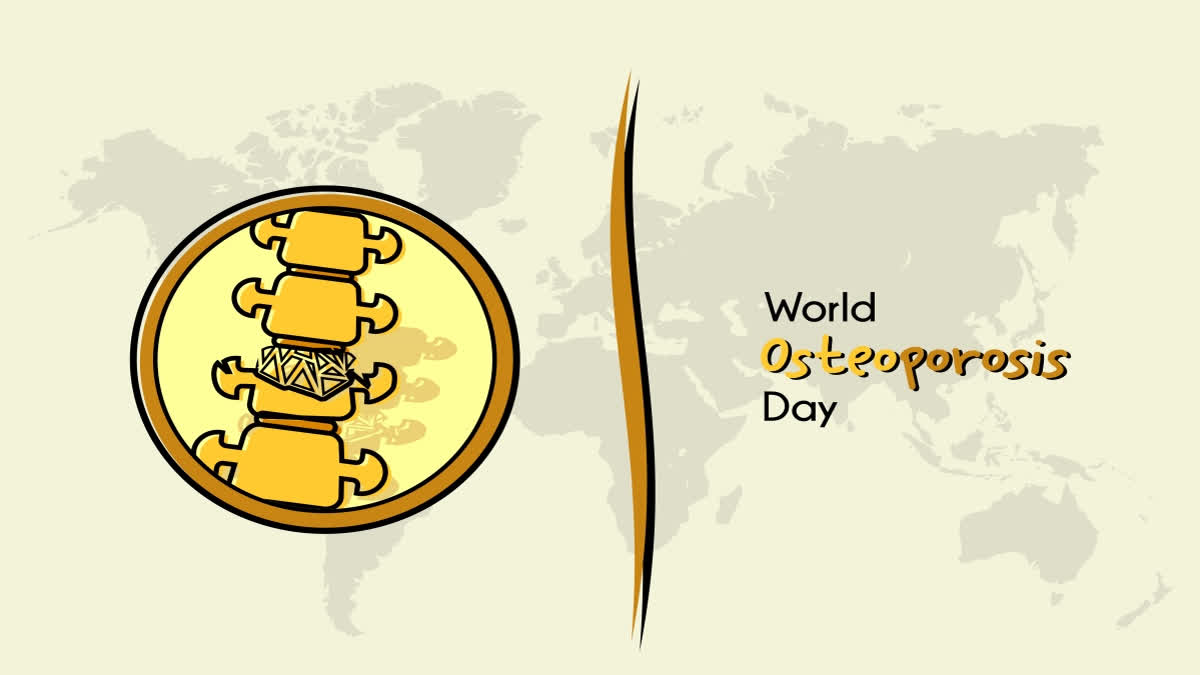New Delhi: World Osteoporosis Day, observed on October 20th each year, aims to raise awareness about osteoporosis and metabolic bone diseases.
It highlights the importance of prevention, diagnosis, and treatment to reduce the risk of fractures and improve bone health. Activities include educational campaigns, community events, and initiatives to promote healthy lifestyles and osteoporosis screenings, particularly for at-risk populations, are held on this day. The day serves as a reminder of the global impact of osteoporosis and the need for continued research and support.
Brief history
World Osteoporosis Day was first established in 1996 by the Foundation for Osteoporosis Research and Education (FORE) to raise awareness about osteoporosis and its impact on public health. It is now coordinated by the International Osteoporosis Foundation (IOF).
The day, observed annually on October 20, has grown to include a wide range of activities aimed at educating the public, healthcare professionals, and policymakers about the importance of bone health, prevention strategies, and treatment options. Over the years, various themes have been adopted to focus on specific aspects of osteoporosis, such as risk factors, the importance of bone density testing, and healthy lifestyle choices.
The initiative has gained global recognition, with events held in numerous countries, encouraging collaboration among organisations and communities to improve awareness and care related to osteoporosis.
Significance of world osteoporosis day
World Osteoporosis Day holds immense significance as it raises public awareness about osteoporosis, a condition that affects millions worldwide, often without symptoms until a fracture occurs.
The day serves as a platform for educating individuals about risk factors, prevention strategies, and the importance of early diagnosis and treatment. It encourages advocacy for better healthcare policies, funding for research, and improved access to osteoporosis screenings and treatments.
The day fosters international collaboration among organisations, healthcare providers, and governments to address the challenges posed by osteoporosis and related diseases. It emphasises the importance of bone health, encouraging practices like exercise, proper nutrition, and regular check-ups, especially for at-risk populations.



